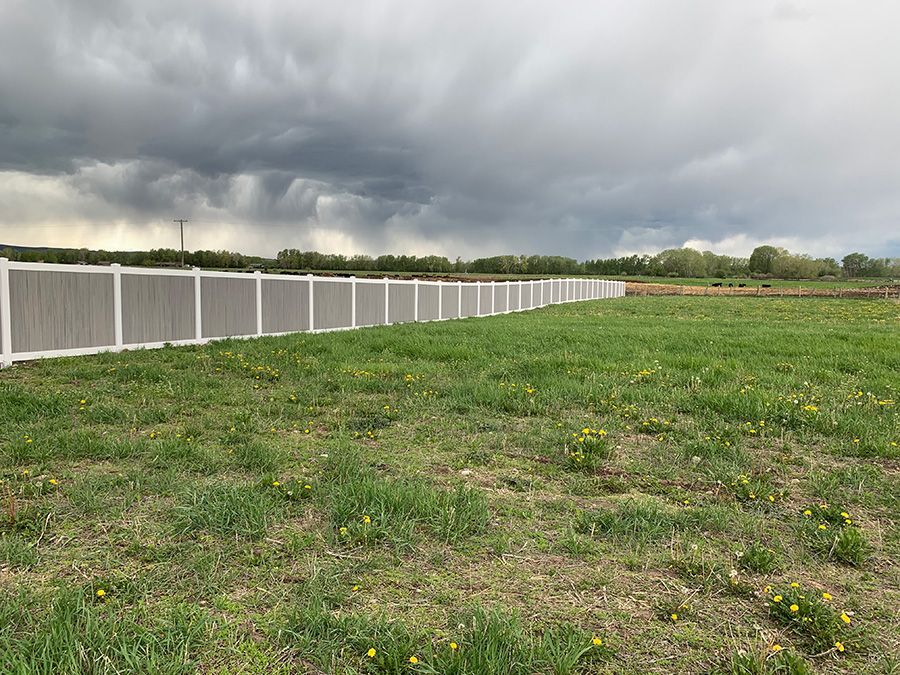Ornamental iron fences represent more than mere functional barriers—they embody art, craftsmanship, and rich history. The history of ornamental iron fences is intricately linked to architectural styles and cultural trends, offering a blend of utility and beauty. Let's explore how ornamental iron fences came to be, how they've evolved over time, and how they continue to influence design today.
Origins of Ornamental Iron Fencing
Ornamental iron fences have roots in ancient Egypt and Rome, where iron and bronze were first used for functional and decorative purposes. Initially, these fences were primarily designed for security, but with advancements in metallurgy, more ornate designs began to emerge.
Key Historical Design Changes
By the 17th century, ornamental iron fencing began to take on more intricate designs, especially in Europe. The industrial revolution in the 18th century played a crucial role in the mass production of iron, making it more accessible and allowing for even more complex designs. Gates and fences with elaborate scrollwork, finials, and decorative patterns became common features in palaces, estates, and even city streets. The history of ornamental iron fences truly blossomed during this period, with iron being used not just for functionality, but also for aesthetic appeal.

Cultural Impact on Ornamental Iron Fence Designs
With the rise in popularity of iron fencing, designs began reflecting the distinct cultural influences of various regions. In France, for example, baroque-style fences symbolized aristocratic wealth and elegance. In the U.S., by the 19th century, iron fences were symbols of status, with wealthy individuals using them to flaunt their prosperity. The influence of culture led to an array of unique designs based on local preferences and materials.
Contemporary Adaptations of Ornamental Iron Fencing
Ornamental iron fencing has adapted to modern needs, blending the charm of traditional designs with contemporary materials and techniques. While classic styles are still in demand, today's iron fences often feature minimalist and sleek designs that cater to both security and aesthetics. Modern fences maintain the essence of the history of ornamental iron fences while embracing new trends and technologies.
Conclusion
The history of ornamental iron fences spans centuries, transforming from simple security features to beautiful works of art. Whether you’re considering ornamental iron fencing for your property or simply admire its craftsmanship, the rich legacy and modern adaptations of these fences make them an exceptional and timeless option.
Which ornamental iron fence design resonates with you? Share your thoughts in the comments below!
#OrnamentalIronFencing #HistoryOfFencing #IronFences #FenceDesign #Metalwork #DecorativeIron #FencingHistory #ModernDesign #CulturalDesign